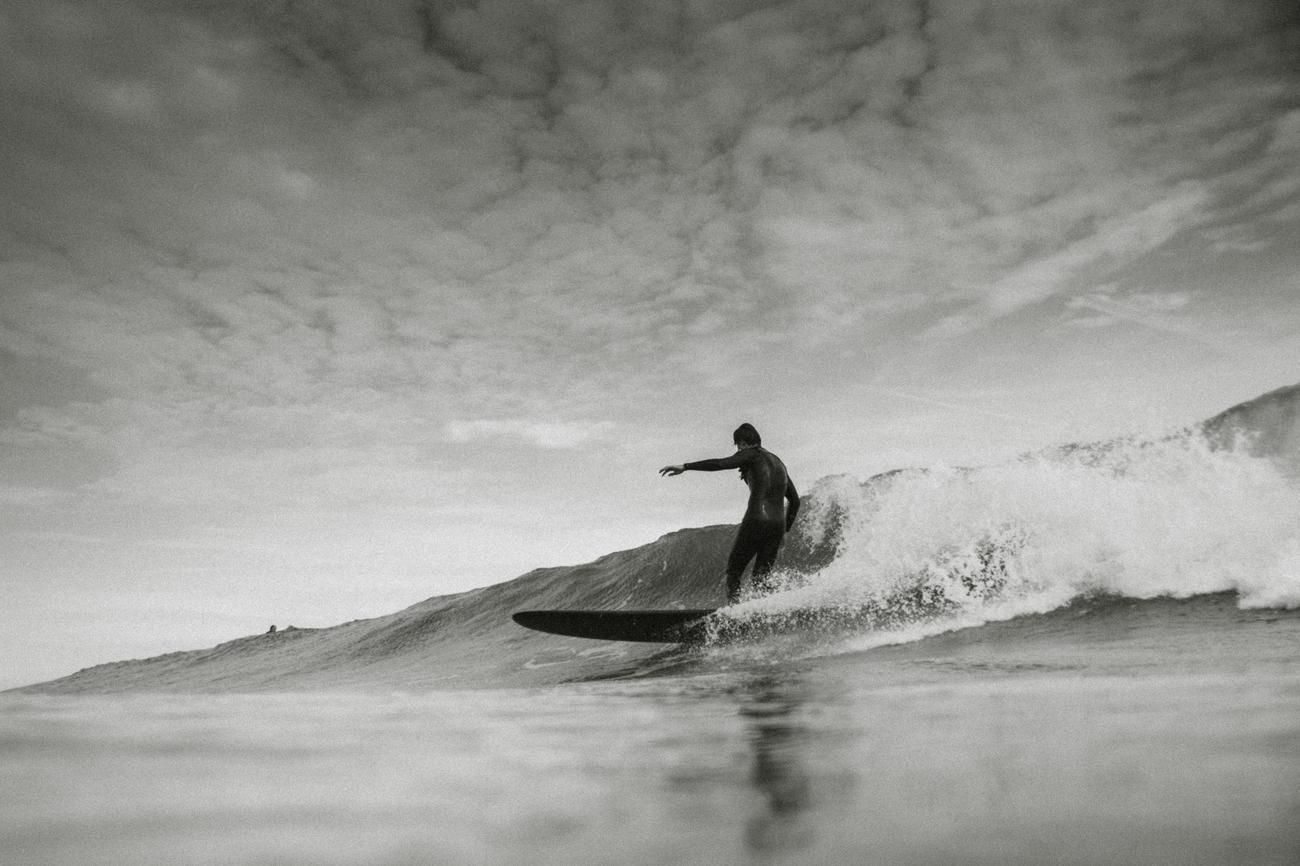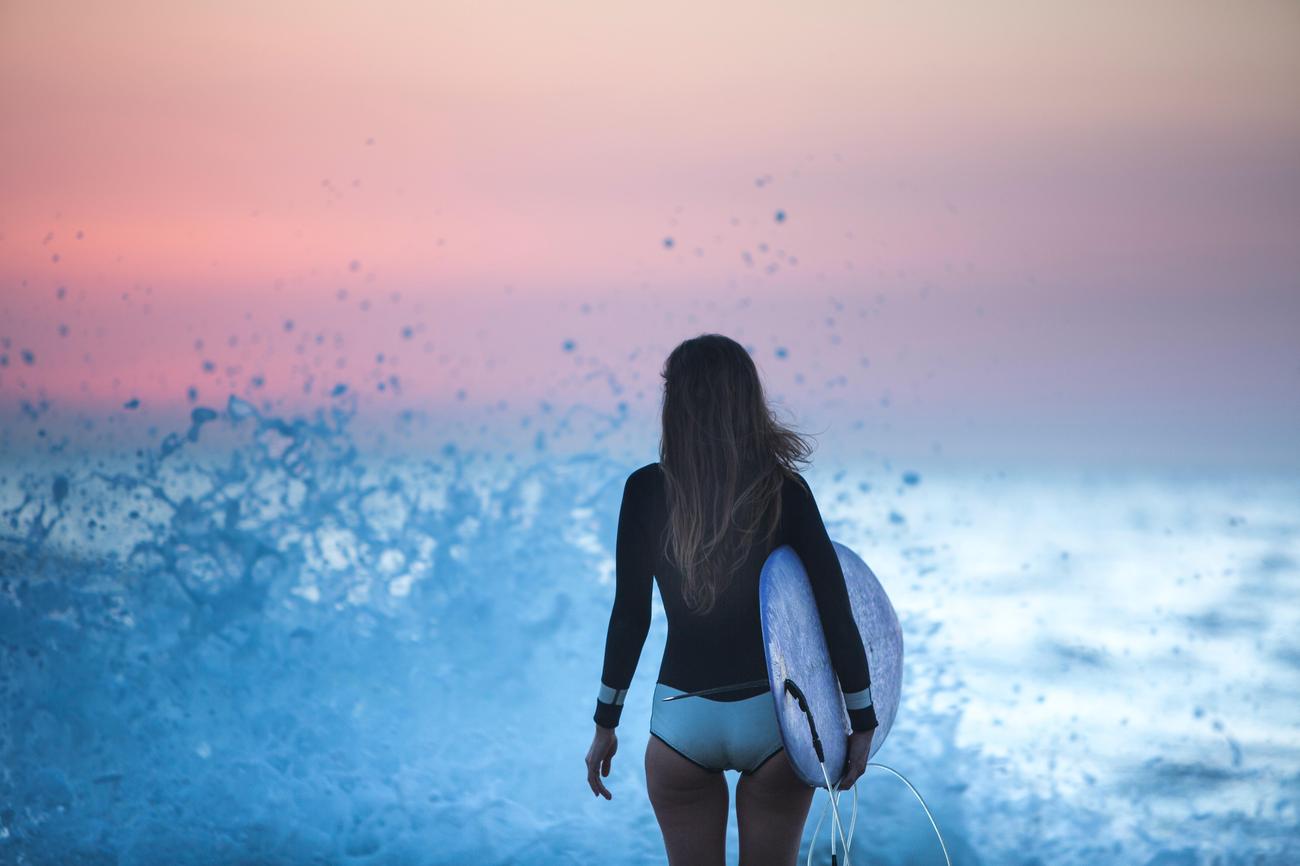Get ready to ride the wave of history as we dive deep into the captivating world of surfing. In this article, we will unravel the rich tapestry of the past, revealing the fascinating journey of this iconic water sport. From its ancient Polynesian roots to its modern-day prominence as a global phenomenon, the history of surfing is a testament to the enduring spirit of adventure and the profound connection between humans and the untamed power of the ocean. So, grab your board and immerse yourself in the captivating chronicles of the waves. Let’s embark on a journey through time and explore the captivating history of surfing.

History Of Surfing
Surfing has a rich and captivating history that stretches back thousands of years. From the ancient Polynesians to the modern-day water sport it has become, the evolution of surfing is a fascinating journey through time.
The origins of wave-catching likely date back to the dawn of human interaction with the ocean. Bodysurfing, the act of riding waves without the use of a board, is considered the oldest form of wave-catching. Picture ancient civilizations swimming in the ocean, feeling the invigorating rush of the waves as they propelled themselves forward. It’s a practice that remains popular to this day.
But wave-catching didn’t stop at bodysurfing. Early sailors, recognizing the power and energy of waves, found ways to harness them on their boats. They learned that by skillfully maneuvering their vessels, they could ride the crests of the waves, experiencing a thrilling and efficient way of travel.
Archaeological evidence suggests that wave riding was practiced by pre-Inca cultures in Peru as far back as 3,000 to 5,000 years ago. These ancient civilizations were early adopters of wave-catching and utilized various techniques to ride the waves. The Moche culture in Peru, around 200 CE, had vessels called caballito de totora specifically designed for wave riding. Imagine the thrill of gliding across the open ocean, connected to the power of the waves on a small, agile vessel.
In Hawaii, wave riding was an integral part of the culture long before European contact. Known as “heʻe nalu,” which translates to “wave sliding,” surfing was a way of life for the Hawaiians. The art of heʻe nalu predated the arrival of outsiders, showcasing the deep connection and respect the indigenous people had for the ocean and its waves. Surfing was not only a recreational activity but also a spiritual practice, offering a profound connection to the natural world.
With European contact came changes and adaptations to Hawaiian culture, including surfing. Australian surfing was heavily influenced by the Hawaiian style, with Tommy Walker bringing a surfboard from Hawaii to Sydney in 1910. This marked the beginning of a cross-cultural exchange that would shape the future of surfing worldwide.
But the history of surfing does not solely belong to Polynesians and Australians. West Africans, including those from Ghana, Ivory Coast, Liberia, and Senegal, independently developed the skill of surfing. Using boards or small bundles of rushes, these African surfers rode the waves with skill and agility. Their unique surfing tradition is a testament to the universality and adaptability of wave-catching across different cultures.
Surfing was not just limited to the ruling classes or those with access to the best beaches and boards. Commoners in ancient Polynesia could gain prestige through their surfing abilities, showcasing the importance and social significance of the sport. Surfing became a way to prove oneself and earn respect within the community.
> **Key Point:**
> The history of surfing spans continents and cultures, from the ancient Polynesians to West Africans and beyond. It is a testament to the universal allure and adaptability of wave-catching as a practice.
Conclusion
The history of surfing is a fascinating tapestry that weaves together different cultures, ancient traditions, and the universal human connection to the ocean’s waves. From bodysurfing to the development of surfboards, surfing has evolved and adapted over thousands of years.
As we delve deeper into the history of surfing, we uncover stories of ancient Peruvians riding waves on caballito de totora, Hawaiians embracing heʻe nalu as a way of life, and the cross-cultural exchange between Australia and Hawaii that shaped modern surfing. We see how commoners used surfing as a means of earning prestige and respect within their communities. And we discover the independent development of wave-catching skills by West Africans, highlighting the worldwide allure of riding the waves.
Surfing Through Time: Unveiling the Rich History of the Waves takes you on a captivating journey through the evolution of surfing. It explores the ancient origins, cultural significance, and global impact of this iconic water sport. Join us as we ride the waves of history and uncover the secrets of the surf.
Surfing is an exhilarating sport that combines skill, balance, and the sheer force of nature. If you’ve ever wanted to learn more about the fascinating world of surfing, you’re in luck. We’ve compiled a list of intriguing facts about surfing that will blow your mind. From the origins of the sport to the biggest waves ever ridden, you won’t be able to resist clicking on our exclusive collection of facts about surfing. So grab your board and get ready to ride the wave of knowledge, because once you start exploring our facts about surfing, you’ll never want to come back to shore. Don’t miss out on this exciting opportunity; click here to dive into the world of surfing: facts about surfing.
The fascinating origins of surfing have always intrigued adventurers and history buffs alike. Dive into the captivating world of this ancient water sport by exploring the remarkable story behind it. Discover how surfing has evolved over time and the cultural significance it holds today. Experience the rich heritage of surfing through our detailed article, “History Of Surfing.” Click here to embark on a thrilling journey into the past: surfing origins.
FAQ
Question 1
What is the oldest type of wave-catching?
Answer 1
Bodysurfing is considered the oldest type of wave-catching.
Question 2
Which ancient cultures were known to practice wave riding?
Answer 2
Archaeological evidence suggests that wave riding was practiced by pre-Inca cultures in Peru around 3,000-5,000 years ago. The Moche culture in Peru also used vessels called caballito de totora for wave riding around 200 CE.
Question 3
What did Hawaiians call wave riding?
Answer 3
Hawaiians referred to wave riding as heʻe nalu, which translates to “wave sliding.” The art of heʻe nalu in Hawaii predates European contact.
Question 4
How did Australian surfing influence their surfing culture?
Answer 4
Australian surfing was influenced by Hawaiian surfing. In 1910, Tommy Walker brought a surfboard from Hawaii to Sydney, marking the introduction of the sport in Australia.
Question 5
Which social class had access to the best beaches and boards for surfing in ancient Polynesia?
Answer 5
The ruling class in Polynesia had access to the best beaches and boards for surfing. Commoners were not allowed on the same beaches as the ruling class but could gain prestige through their surfing abilities.
- Mastering Leader in Spanish: The Complete Guide - April 19, 2025
- Uncovering Surprising Parallels: England Size Compared to US States - April 19, 2025
- Old Mexico Map: Border Shifts 1821-1857 - April 19, 2025
















